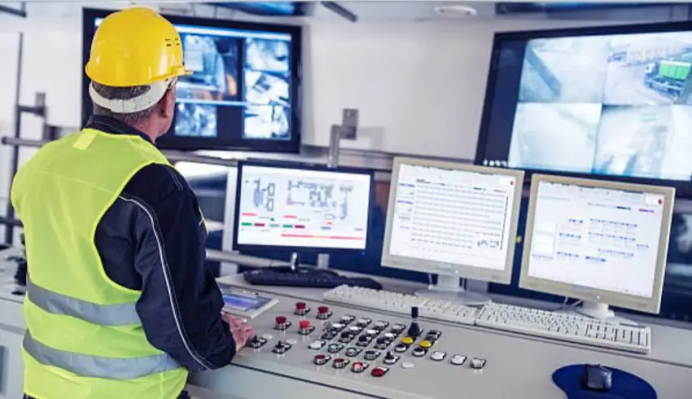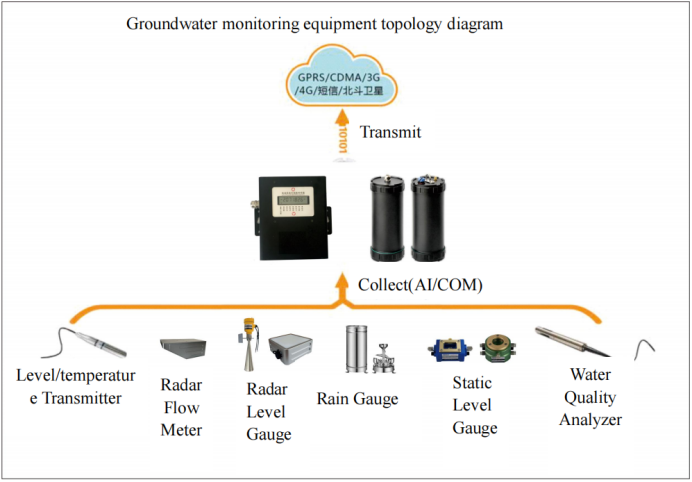变送器-流量
10 Tips for Selecting Industrial Automation Sensors
In modern industrial automation systems, sensors play a crucial role. They are responsible for monitoring and controlling various parameters in the production process to ensure that equipment operates in optimal conditions, thereby improving product quality and production efficiency.
However, faced with a wide variety of sensors with different functions, how to make the right choice has become an issue that requires in-depth exploration. This article will introduce ten tips for selecting industrial automation sensors, helping readers better understand and apply these technologies.

1.Clarify the Measurement Parameters
The first step in selecting sensors is to clarify the physical quantities that need to be measured, such as temperature, pressure, displacement, flow rate, etc. Different measurement parameters require different types of sensors. For example, thermocouples and thermal resistors are commonly used sensor types for temperature measurement; while piezoresistive, capacitive, and inductive sensors are more common for pressure measurement.
2. Determine the Measurement Range
The measurement range refers to the maximum and minimum physical quantities that the sensor can measure. When selecting sensors, ensure that the measurement range can meet the measurement requirements under normal operating conditions without exceeding the sensor's capabilities, as this could lead to inaccurate measurements or damage to the sensor.
3. Consider Accuracy Requirements
Accuracy indicates the closeness between the sensor's measured value and the true value. Based on the accuracy requirements of the industrial automatic control system, choose sensors with corresponding accuracy levels. Higher accuracy usually comes at a higher price, so there is a need to balance accuracy and cost.
4. Evaluate the Working Environment

The working environment includes factors such as temperature, humidity, corrosion, electromagnetic interference, etc. These factors can affect the performance and lifespan of sensors. For example, in high-temperature environments, sensors with high-temperature resistance should be selected; in damp or corrosive environments, sensors with waterproof and corrosion-resistant functions should be chosen.
5. Consider Response Time
Response time refers to the time required for the sensor to output a stable measurement result from receiving a signal. For industrial automatic control systems that require rapid response, such as process control and automated production lines, sensors with short response times should be selected.
6. Pay Attention to Sensor Reliability
Sensor reliability refers to the probability that the sensor can operate normally within the specified time and under specified conditions. Choosing sensors with high reliability can reduce system failures and maintenance costs.
7. Emphasize Sensor Stability
Stability refers to the ability of the sensor to maintain constant output values during long-term operation. Choosing sensors with good stability can ensure the accuracy and reliability of measurement results.
8. Evaluate Sensor Sensitivity
The higher the sensitivity of the sensor, the smaller the change it can perceive. However, excessively high sensitivity may also allow external noise unrelated to the measurement to be mixed in, affecting measurement accuracy. Therefore, when selecting sensors, it is necessary to comprehensively consider sensitivity and signal-to-noise ratio.
9. Consider System Compatibility and Integration
The compatibility and integration of sensors are directly related to their deployment and use in existing systems. When selecting sensors, confirm whether they are compatible with the system platform and understand the communication protocols supported by the sensors to facilitate data exchange with the system. Additionally, consider the sensor's size, weight, and installation method to ensure that it can be easily integrated into existing equipment or environments.
10. Focus on Cost and Budget
Under the premise of ensuring performance meets requirements, cost is a crucial factor in the final decision-making process. When selecting sensors, compare prices among different brands and models within the budget range and conduct a cost-performance analysis. In cases where prices are similar, choose sensors with better performance and higher reliability; in cases where performance is similar, choose sensors with lower prices and higher cost-effectiveness.
Summary
Selecting industrial automation sensors is a complex and critical process involving multiple considerations. By clarifying measurement parameters, determining measurement ranges, considering accuracy requirements, evaluating working environments, focusing on response times, emphasizing reliability and stability, assessing sensitivity, considering system compatibility and integration, and paying attention to cost and budget, readers can better select sensors suitable for their needs. These tips are not only applicable to the field of industrial automation but also have certain reference value for sensor selection in other fields. With the continuous development of technology, sensor technology will also continue to progress, bringing more efficient, accurate, and reliable monitoring and control capabilities to industrial automation systems.
Note:
This article is excerpted from Sensor Expert Network.
相关新闻
- 反冲洗流量计的技术科普 2025-06-12
- 投入式液位计,物位计和液位开关的区别 2025-05-22
- 电磁流量计故障处理方法 2025-04-28
- 了解地下水水质监测数据的基本要点 2025-04-15
- 电容式液位计与自容式液位计:核心差异与应用场景解析 2025-03-19
导航栏目
联系我们
联系人:Roxy Deng
手 机:+8617794001501
邮 箱:527924493@qq.com
公 司:Shaanxi Bestee Technology Co., LTD
地 址:Weibin District, Baoji, Shaanxi Province, China
 Roxy Deng
Roxy Deng Roxy Deng
Roxy Deng